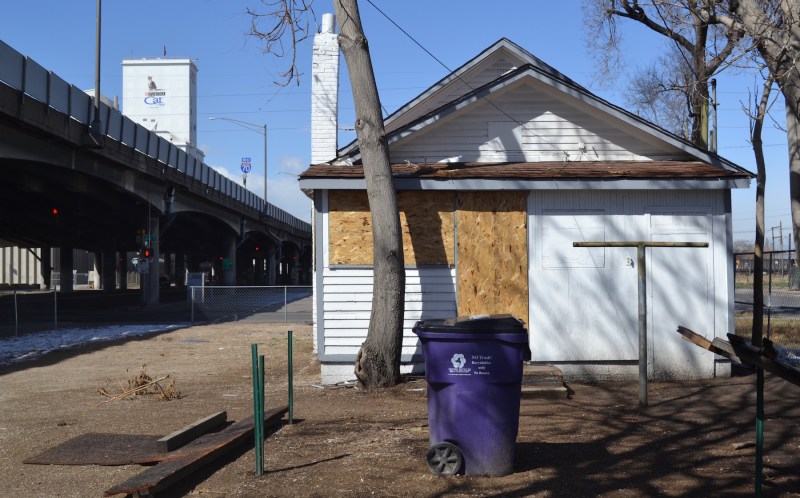Widening Roads Does No Favors for Denver’s Economy
It's old news that wider highways don't fix congestion, but a new study debunks the myth that the economic success of cities and suburbs depends on the unfettered movement of cars and trucks.

When highway builders want to convince people they need billions of dollars to build bigger roads, they rely on a trusted mantra: Without adding more space for cars and trucks, traffic congestion will suffocate the economy.
That’s what road boosters claimed about the $2 billion widening of I-70, which the chair of the Colorado Motor Carriers Association called “central… to the economy of our state.”
We shouldn’t fall for that argument, according to new research published in the journal Transportation by Wesley Marshall of the University of Colorado Denver and Eric Dumbaugh of Florida Atlantic University.
Their paper, “Revisiting the Relationship Between Traffic Congestion and the Economy,” shows that regions with healthy economies also tend to have high levels of traffic congestion.
“If your region is trying to widen an arterial (street) because they’re worried about it harming the economy, this study refutes that,” Marshall said. “If your city won’t tear down a freeway and turn it into a boulevard because they’re worried about congestion and the economy, this study refutes that.”
Marshall and Dumbaugh charted economic output, per capita income, and job growth against the intensity of rush-hour traffic congestion in 89 American metro areas over 30 years. They found that greater congestion did not lead to faltering regional economies. GDP and job growth actually increased in tandem with congestion, they found, while per capita income had no correlation.
“The cities that don’t have congestion… are the cities that are dying, in general,” Marshall said.
It’s important to realize that in the “congested” cities, people tend to have good options besides driving — and they use them. From the study:
Case in point: of the ten most congested cities in the recent Urban Mobility Report, seven of those cities rank in the top ten for lowest driving mode share. Eight of the top ten congested cities rank in the top ten for highest transit mode share, and four rank in the top ten for highest active transportation mode shares.
Problems arise when cities respond to rising congestion not by providing better transit, biking, and walking, but by widening roads, which just strands more people in traffic.
Is it possible to build so much road capacity that traffic delays dissipate? Only if you want to hollow cities out with highways and parking lots. “They wouldn’t function how we want urban places to function,” said Marshall.
The resources that transportation agencies put into road expansion should instead go toward giving people a way to bypass traffic, investing in high-quality bus and train service, and infrastructure for biking and walking.
“The never-ending cycle of widening is to some extent what we’ve been doing for many years,” Marshall said. “But what this study says is that you can’t sell that as an economic benefit anymore.”


